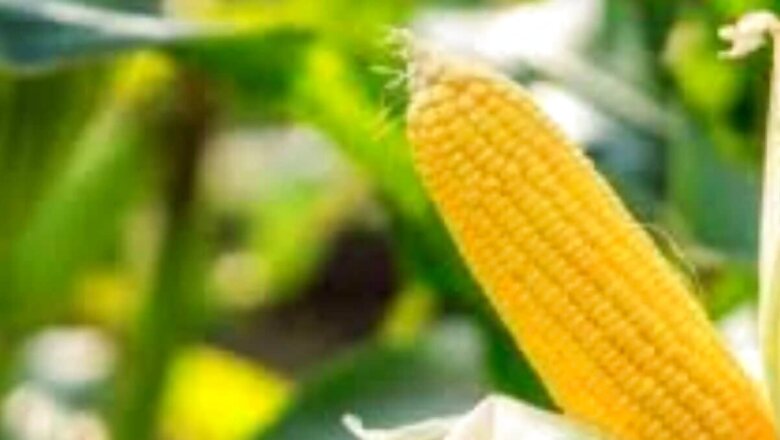
views
Jute is a pivotal crop that plays a pivotal role in the economy and supports the livelihoods of the farmers in Dakshin Dinajpur, West Bengal. However, many farmers in this region have recently shifted away from traditional jute cultivation to adopting maize as their preference and have shared the reason behind it.
According to reports, the majority of farmers claim that there is no profit in jute cultivation. But by cultivating maize, the profit is doubled, and even the quantity of hard work is much less. As a result, farmers have focused on maize cultivation instead of jute.
Some of the farmers said that jute cultivation costs a lot and also takes a lot of labour to cut the jute and carry it to the reservoir before planting. As a result, the jute farmers have suffered losses. Apart from this, if there is not enough rain, one has to look for water bodies to rot the jute. Due to all this, the farmers turned away from jute cultivation and increased their inclination towards maize cultivation.
Responses were collected from 60 farmers in Chopra Block using a structured interview schedule during the peak season of maize cultivation in 2019. Principal component analysis was used to extract significant factors explaining the motives behind farmers’ preference for maize over jute crops. The study highlights that factors including lack of capital, remunerative market price, high labour costs, poor soil quality and inadequate irrigation water, unavailability of improved seed varieties, high input costs, and inadequate market facilities are the key factors in the discouragement of the cultivation of jute.
Meanwhile, talking to Local18, maize farmer Prashant Kumar Mandal said, “Maize earns more profit than jute. It is a three-month crop, and there is no labour cost even in maize cultivation. Last year, there was a profit of Rs 10,000 per bigha in maize cultivation.” As per reports, maize cultivation costs about Rs 10 to 12,000 per bigha.
However, the government should develop some supportive infrastructure, like providing high-quality maize seeds, conducting awareness programs to educate the farmers about the benefits and byproducts of maize, and offering knowledge about export and import markets.
Explore in-depth coverage of Lok Sabha Election 2024 Voter Turnout, Upcoming Phase, Results Date, Exit Poll And Much More At News18 Website



















Comments
0 comment